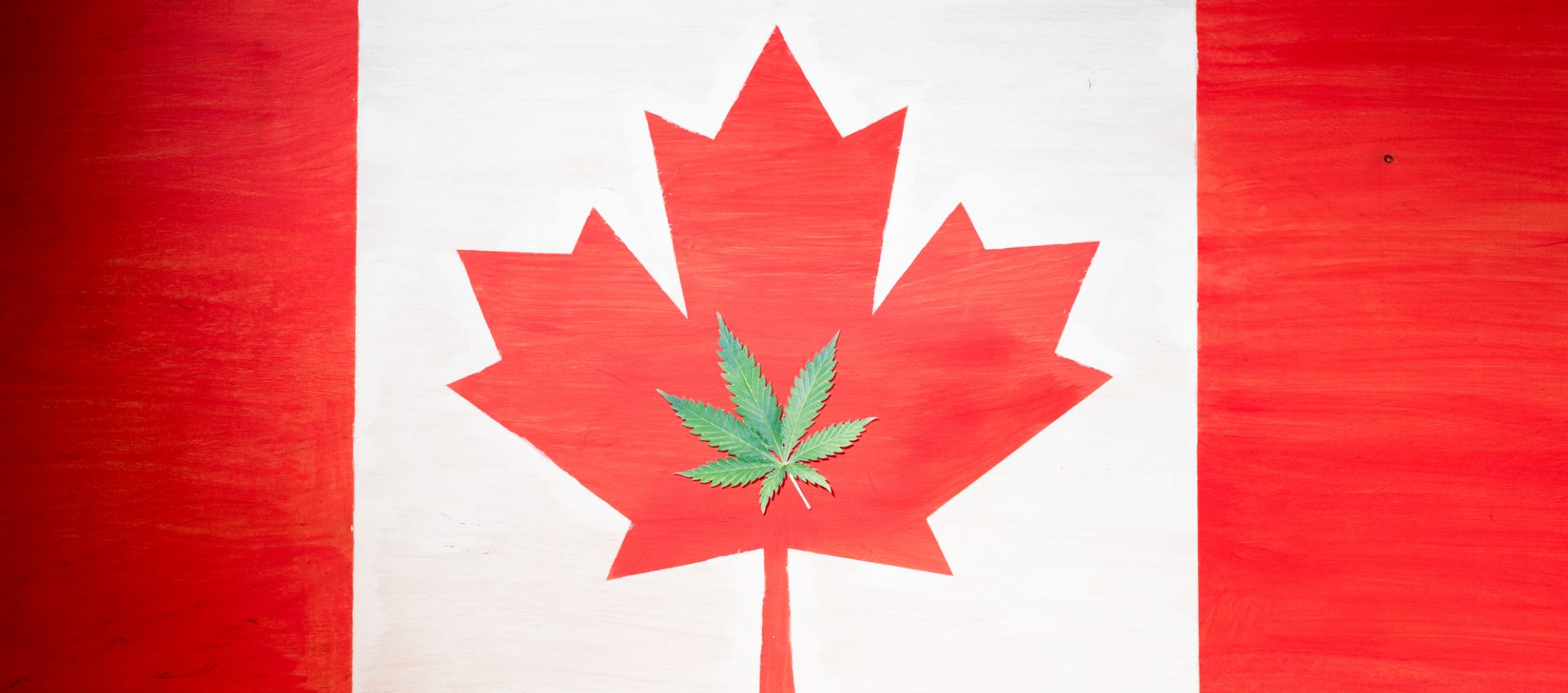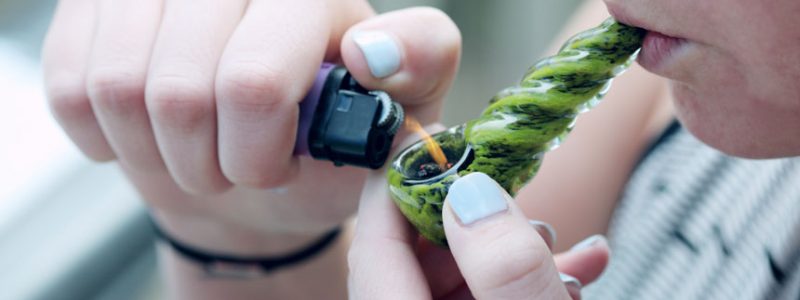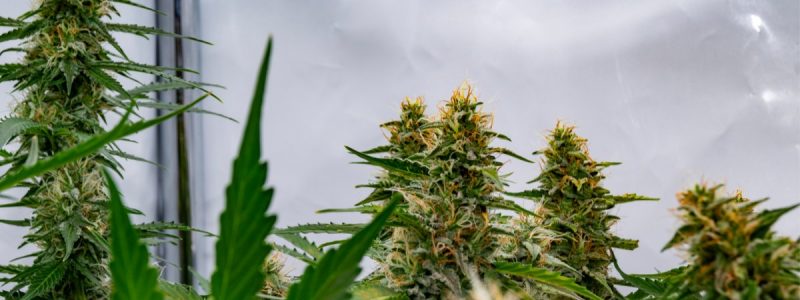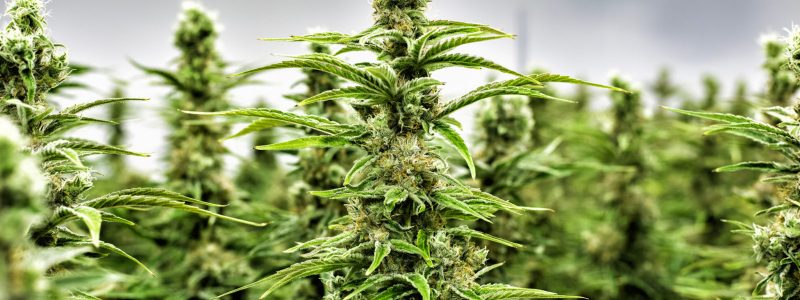The clinical utilization of Cannabis use to treat anxiety problems has caught the interest of specialists, medical care experts, and patients the same, and exploration proposes that cannabis may carry alleviation to numerous patients. As more states authorize cannabis for clinical purposes and different states return to their clinical use approaches, uneasiness progressively is the first spot on their lists of affirmed conditions Green Society. That has been made conceivable based on examination into the endocannabinoid framework (ECS) and its job in homeostasis. While there aren’t prescriptive suggestions for dose or timing, clinicians utilize cannabis as both a first-line and assistant treatment ineffective customized tension administration plans.
Medication for the Treatment of Anxiety
Prescriptions for Cannabis use to treat anxiety issues are by and large viewed as protected and powerful, and, for the short or long haul, treatment might be utilized alone or in the mix with different types of treatment. It takes persistence and effort to discover the medication that turns out best for their side effects for most patients. As per the 2009–2010 Medical Expenditure Panel Survey, more than 1 of every 6 Americans take a mental medication like an energizer or a narcotic. It’s useful to comprehend the component of activity of these drugs to see what cannabis can mean for the tension reaction.
CANNABIS USE TO TREAT ANXIETY
The most explanation individuals give for attempting clinical cannabis is to unwind; notwithstanding, tension is additionally revealed as a typical unfriendly impact of cannabis use in clinical settings, with alarm assaults or neurosis being accounted for after high dosages of THC consumption. When thinking about the ECS’s inclusion in adjusting a patient’s response to improvements, it’s nothing unexpected that cannabis might be both anxiogenic and anxiolytic. By and large, Cannabis use to treat anxiety, low dosages incite anxiolytic like impacts, while high portions cause the inverse.
A significant part of the investigation into the job of cannabinoids in tension treatment has been finished with a single particle, engineered cannabinoids, for example, nabilone (synthetic THC simple and CB1 agonist), which has been demonstrated to be compelling in the treatment of uneasiness. The proof proposes that the CB1 receptor is associated with the pathophysiology of nervousness, and its actuation seems, by all accounts, to be contrarily related to side effects of uneasiness. Preclinical investigations on GAD propose that CBD has both anxiolytic and antipsychotic properties.
High portions of CBD (100 mg/kg) were insufficient in alleviating nervousness manifestations in creature models of GAD, while low dosages (10 mg/kg) were found to have anxiolytic-like effects. While observational examinations show the biphasic idea of cannabis in the treatment of uneasiness, scientists concur that more work should be done to explain the components of activity, which might be exceptionally mind-boggling.
All in all, as more consideration is paid to Cannabis use to treat anxiety , it’s basic that medical services experts gain proficiency with the rudiments to unquestionably and precisely answer patient inquiries. If not, patients will go to companions, the web, and budtenders (some of whom may not be sufficiently taught) for proposals and approval. Cannabis can be a successful first-line or aide treatment whenever utilized as a feature of a customized care plan.



